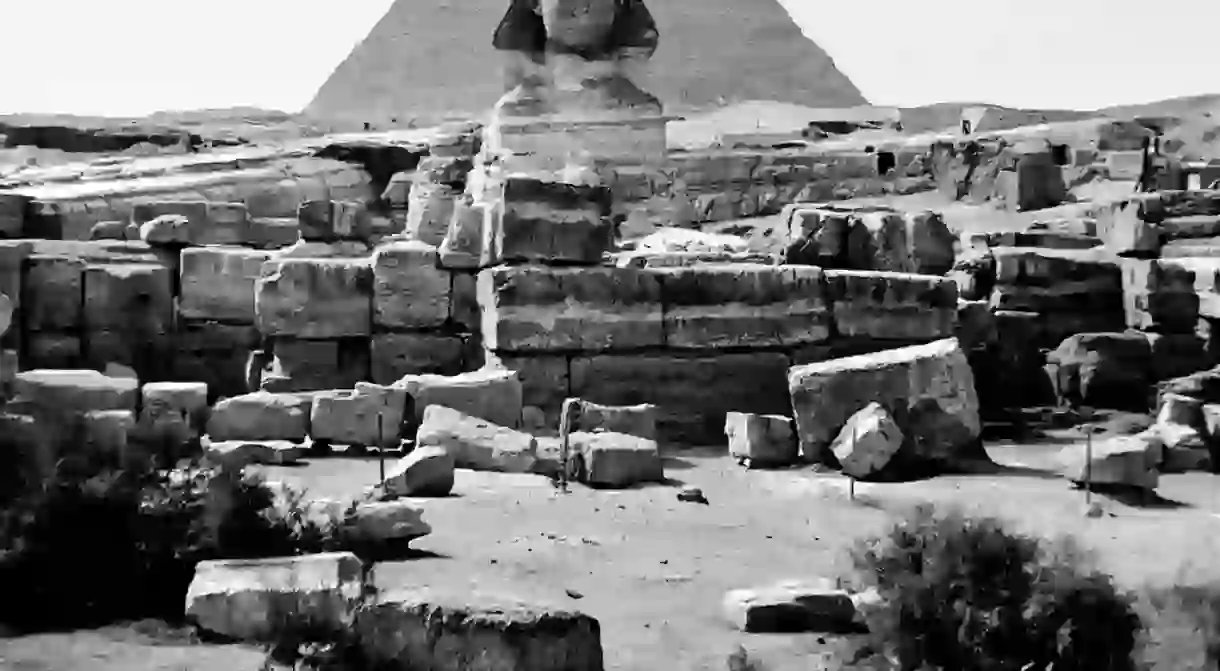This San Jose Museum Was Founded by an Ancient Egyptian Order

Devoted to Ancient Egypt, the Rosicrucian Museum in San Jose holds the most extensive displayed Egyptian artifact collection in western North America. Visitors can learn about the long past of Egypt—a civilization of power that’s enchanted and boggled historians since its demise. The museum’s secrets and stories all come from its founding organization, the Ancient and Mystical Order Rosae Crucis.
The Order
The Ancient and Mystical Order of Rosae Crucis (AMORC) established San Jose’s Rosicrucian Museum in 1927, at the same location as AMORC’s USA chapter’s headquarters. The Order—a centuries-old global organization—is dedicated to the education of its mystical history, teachings, and principles.
The Order follows traditions of the Rosicrucian movement, dating back to Egypt in 1500 BCE. This secret society formed schools with handpicked students and explored unanswered mysteries of the universe, studying the metaphysical under the teachings of a hidden society. These institutions, now referred to as Ancient Egyptian Mystery schools, remained hidden from the world until the 17th century, when anonymous publications regarding the Rosicrucian philosophy and mystical teachings emerged throughout Europe.

Most scholars and teachers from the Order were believed to not be of this world but instead, hail from another magical universe or dimension. One of the first organized institutes was led by Pharaoh Tutmose III, during his rule of Egypt from 1500-1447 BCE; many of his principles and teachings are still in today’s Rosicrucian Order.

Another Egyptian ruler, Pharaoh Amenhotep IV, was a student himself at Tutmose’s secret school decades after its founding. Known for abandoning the traditional Egyptian belief of worshipping many gods, after attending the school, Amenhotep IV introduced the idea of monotheism—the belief of only one Creator. The Pharaoh’s learning under the Rosicrucian Order inspired a religious revolution, however brief, against Ancient Egypt’s philosophies.
Over 3,000 years later and no longer a secret society, the AMORC follows a more open philosophy, sharing its story with the world.

The Museum
The first imperator and founder of the Rosicrucian USA chapter (rumored to have been originally purchased because of San Jose’s abundance of cheap land at the time), Dr. Harvey Spencer Lewis had built such an extensive collection of mystical artifacts through various archaeological excavations that he decided to present it to the public. In 1928, Lewis unveiled his collection he’d titled “The Rosicrucian Egyptian Oriental Museum,” inside the AMORC headquarters building in San Jose. He had acquired the exhibition of artifacts through archaeological digs he not only participated in but significantly contributed to financially. By the following year, the Ancient and Mystical Order of the Rosae Crucis received enough donated artifacts to expand Dr. Lewis’ museum to over 2,000 exhibits.

Nearly 100 years and millions of visitors later, the Rosicrucian Egyptian Museum required a second building on the AMORC grounds in San Jose’s Rose Garden neighborhood. The collection consists of many objects tied to the era, like amulets, statues, and rooms recreated to look like ancient tombs; other exhibits continue to mystify visitors and experts alike. Such is the case for the long-standing enigma that is the Mummy from Usermontu’s Coffin—a human mummy that displays mysterious mummification styles dating back to more than one time period.

San Jose’s Rosicrucian Egyptian Museum offers a look into an era with many tales and secrets that mystify. The Ancient and Mystical Order Rosae Crucis continues to reveal the mysteries of the Rosicrucian movement to showcase at the museum and share with the world.













